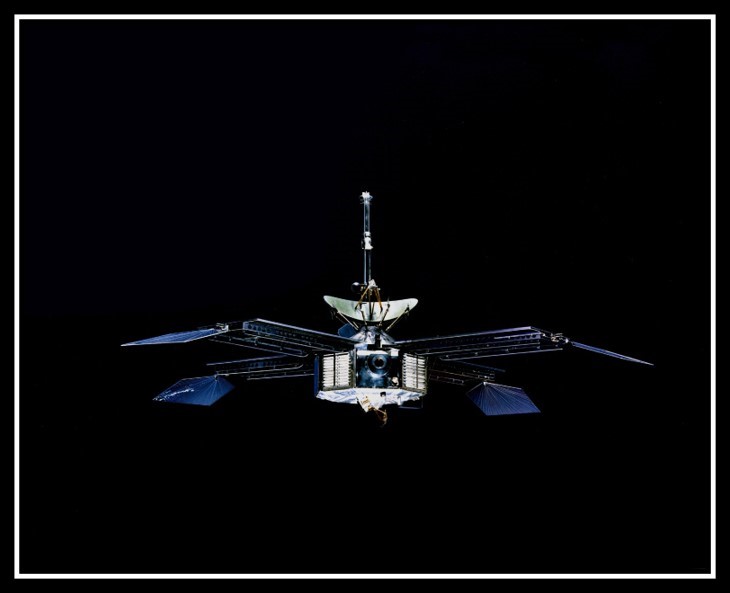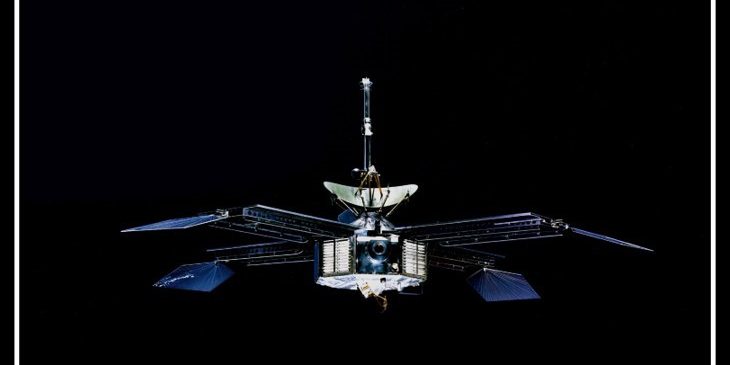How far we’ve come: Mariner 4
Contributor: Barry Fetzer
Sources: History.com
What were you doing and where were you in 1965? Some of us were kids (I was 12). Some of us weren’t even a glimmer in our old man’s eye. Some of us were adults, already making a difference in our world.
In 1965, we hadn’t been to the moon yet, computers were rudimentary (certainly compared to today) and yet, somehow, we figured out how to design, build, launch and successfully explore Mars. Where and how will we be exploring in 2065?
According to History. com, “On this day aviation history the unmanned spacecraft Mariner 4 passed over Mars at an altitude of 6,000 feet and sent back to Earth the first close-up images of the red planet.

A rendering of Mariner 4. Courtesy NASA.
“Launched in November 1964, Mariner 4 carried a television camera and six other science instruments to study Mars and interplanetary space within the solar system. Reaching Mars on July 14, 1965, the spacecraft began sending back television images of the planet just after midnight on July 15. The pictures–nearly 22 in all–revealed a vast, barren wasteland of craters and rust-colored sand, dismissing 19th-century suspicions that an advanced civilization might exist on the planet. “The canals that American astronomer Percival Lowell spied with his telescope in 1890 proved to be an optical illusion, but ancient natural waterways of some kind did seem to be evident in some regions of the planet.
“Once past Mars, Mariner 4 journeyed on to the far side of the sun before returning to the vicinity of Earth in 1967. Nearly out of power by then, communication with the spacecraft was terminated in December 1967.”







